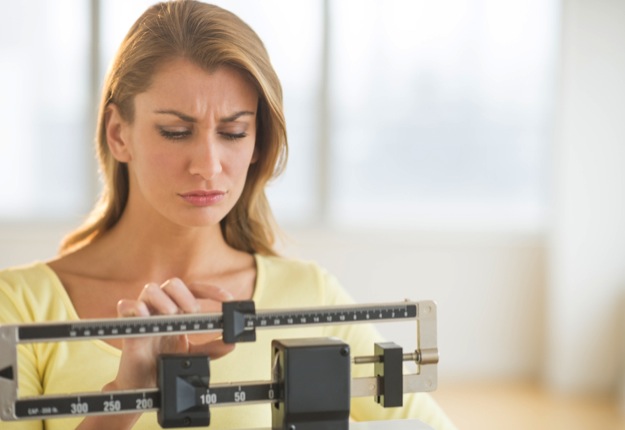Since the 1980’s, Body Mass Index (BMI) has been used as a measure of determining whether or not we are of a healthy weight.
However, recently acknowledged shortcomings in the calculation of BMI has led to many health professional’s questioning its reliability.
Body Mass Index (BMI) calculates body fat using an individual’s height and weight.
The score obtained is used to assess whether we are underweight, of a healthy weight, or overweight. A healthy score lies between 18.5 – 25, according to BMI guidelines.
Although easily calculated without the use of expensive equipment, BMI ignores a fundamental contributor to physical mass – muscle.
The measure of BMI can’t distinguish between fat and muscle. So for the health conscious who work out regularly, all that hard work and dedication could leave you with a BMI score placing you in the ‘overweight’ category, as muscle weighs a lot more than fat.
Another downfall of BMI is that it can’t distinguish between types of fat. Visceral fat may have negative impact on health, developing around our organs and muscles, increasing the risk of heart disease and diabetes.
Even slim people can have high levels of visceral fat, although their BMI would suggest that they are of a healthy weight. But if we can’t rely on our BMI scores as an indicator of our health, what other methods are there?
Of all the methods available, a DEXA scan is considered to be Gold Standard, in that it accurately measures muscle, fat and bone mass for the whole body.
This is the same machine used to measure bone density – but unfortunately it is not easily accessible. DEXA scans are only available in hospitals or private clinics.
A temptingly easy method can be to purchase your very own body composition bathroom scales. However, convenience may mean sacrificing accuracy and reliability.
If you do choose this method, consistency is key. Weigh yourself at the same time each day, wearing the same clothes and in the same condition – before or after eating.
A happy medium lies in the form of Bioelectrical Impendence analysis (BIA). BIA involves an electrical current passing through the body.
The current will pass most easily through water, relatively easily through muscle but not through fat, determining the body’s fat levels, hydration levels and muscle mass.
This reliable method is simple and easy, more accurate than bathroom scales and more accessible than a Dexa scan. Many clinics will have a BIA machine, so there’s no excuse not to use it!
Another method that has been highly recommended is before and after pictures, particularly since they have gained prominence on social media as proof of weight loss transformations.
However, it is important to realise that there are many variables which will affect how your body looks in a picture, such as the lighting and angle.
These pictures are great for motivation, but do not rely on them as indicators of weight loss success.
Remember, measuring weight, muscle weight and percentage of body fat is only one parameter to measure one’s health status.
Overall happiness, stress management, mindfulness, environment, diet, exercise and social support are also important when looking at health.






















10:27 pm
1:24 pm
11:59 pm
9:37 pm
9:46 pm
10:25 am
12:19 pm
12:01 pm
7:37 pm
3:41 pm
8:49 pm
2:41 pm
11:32 pm
3:27 am
10:58 pm
11:14 pm
9:25 pm
8:23 pm
4:06 pm
8:34 pm
- 1
- 2
- 3
- »
Post a commentTo post a review/comment please join us or login so we can allocate your points.